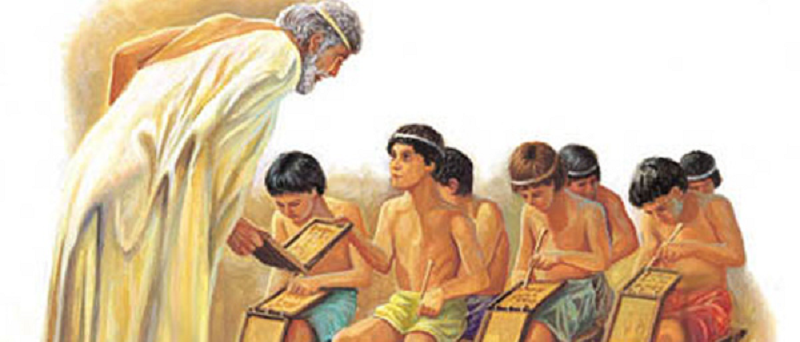Education in Athens
Posted on 25th December 2020
Education in Athens varied depending on social status with both formal and informal teaching. Children could attend a public school or have a hired tutor. Some poorer families would have an unpaid teacher or be taught by a member of their family.
Wealthy children were taught reading, writing, mathematics and poetry, by a Pedagogue (teacher of social skills and culture), before moving onto a tutor. This was mainly for boys; girls were taught little more than reading, writing and duties to manage a household. Girls received their education from their mother.
At aged fourteen children, mainly boys could attend school. Here they were taught biology, chemistry, rhetoric, geometry, astronomy and meteorology. At eighteen they could move onto military training.
Children were also taught physical fitness as this was believed to be very important; taught first at home by a Paidotribe (private teacher), before moving into training at the Gymnasium; this was to train them to compete in public games. Students over eighteen would take part in physical exercises overseen by Gymnastai (coaches and trainers). The Gymnasium also held lectures on subjects such as philosophy, literature and music.
The Gymnasium was managed by Gymnasiarchs (public officials) who managed and supervised gyms and were in charge of public festivals, sports and games.
The education of poorer children often depended on the extent of their parent’s knowledge as they were taught informally at home; this education was limited, as children were often needed for daily chores in the house and on the land.
Parents of poorer children were encouraged to teach their children a trade; they often carried on the same trade that their father. This made them productive members of Athenian society.
Tagged as: Junior Ancient Greece
Share this post:





